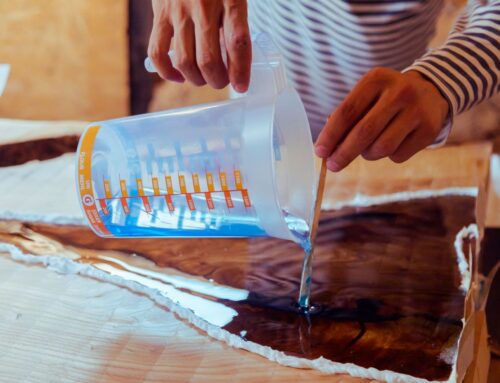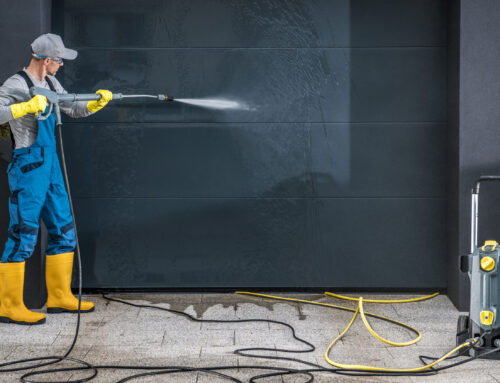The First Step – Prepare the Surfaces to Be Coated.
This step is an essential part of industrial surface preparation. By properly preparing a surface, the coating application will be able to optimally work and protect your equipment. Surface prep is the first step of the industrial painting and coating process.
By taking the proper steps before the high-performance paints are applied, it will increase the life of a protective industrial coating.
Industrial painting companies will use the following techniques to ensure proper preparation of surfaces. There are many types of industrial paint, including polyurethane coatings, epoxy coatings, different types of paint and more. Each type of industrial coating has different features such as abrasion resistance, heat resistance, corrosion resistance and more. Each type of application has a similar preparation process.
Remember, hiring a reputation industrial painting contractor with years of experience will give you the best results. Hiring out these painting services will protect your equipment for years to come and will help keep it in working conditions.

There is a wide variety of industrial applications for these coatings. As stressed previously, the most important step in the painting process is the surface prep.
The key steps in surface prep include the following.
Eliminate Contaminants
The first step to proper industrial surface preparation is to remove any existing paint, rust, grease and oil. Although some coatings can be applied directly on top of rust, many of these paints are not suitable for industrial projects. They often do not have the necessary performance markers.
The best way to remove these contaminants is through sandblasting. Sandblasting uses pressurized air and an abrasive media to buff away layers of paint, rust and more. This process will ensure that the coating will properly adhere to the surface and go on smoothly.
Eliminating contamination is essential to get the most out of the protective coating that is about to be applied.
Resurfacing
The next step in the preparation process is to check if the machinery needs any resurfacing or restoration. This is particularly important for concrete and epoxy flooring that may need resurfaced to increase its lifespan.
Although resurfacing is an intensive processive, it often costs much less than a full replacement. And, resurfacing will increase the life of any deteriorating surface.
Part of this process may also include the removal of old coatings and leveling off any chipped, damaged or cracked surfaces. Removing these imperfections will make the coating go on smoother and easier and will raise the overall effectiveness of the coating.
Resurfacing is most often useful for projects involving concrete, epoxy flooring and some forms of industrial metals.
Determine the Correct Primer
The final step of the preparation process is to pick the right primer. Selecting a primer should include an accurate look into the working environment, including the use of different chemicals and the potential for those chemicals to spill.
Factors to consider when picking a primer include:
- Operating temperature of the building
- Low and high temperature extremes
- Spills
- Humidity level and moisture level
- pH levels of the chemicals used
The paint and primer picked should work together to protect a surface.
Wrap-Up
Properly preparing a surface for paint is an essential part of the industrial painting process. The three key factors in the preparation process include removing contaminants, resurfacing if necessary and determining the correct primer.
Ready to Get Started?
Have questions about your project or need a quote? We’ve got someone ready to help you.



